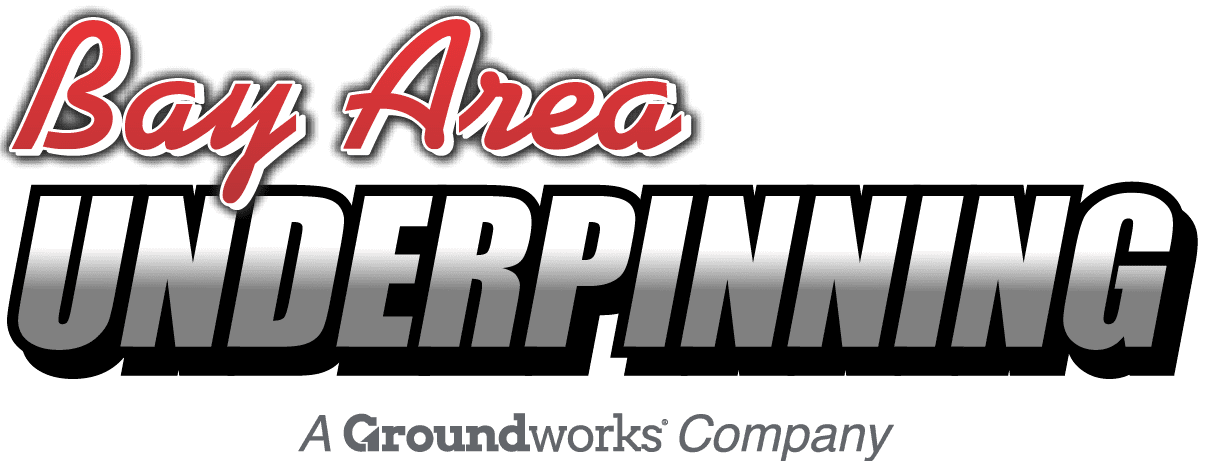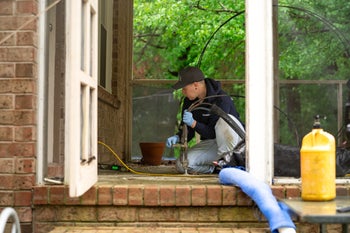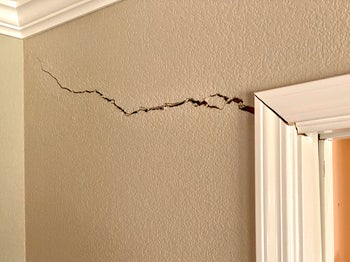Common Crawl Space Problems And How To Solve Them
Table of Contents
1. What Is A Crawl Space?
2. What Are The Most Common Crawl Space Problems?
3. Signs Your Crawl Space Has A Moisture Problem
4. Signs Your Crawl Space Has A Structural Problem
5. Solutions For Crawl Space Moisture Problems
6. Solutions For Crawl Space Structural Problems
Looking for answers to crawl space problems? If so, don’t hit that back button because you’ve landed on the right page. This article will cover common crawl space problems, their causes, and some possible solutions.
What Is A Crawl Space?
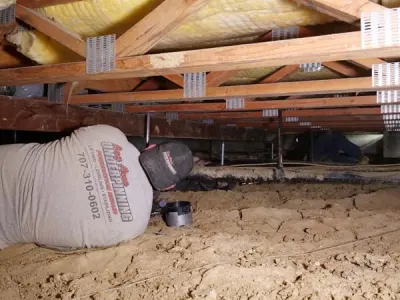
A crawl space is an unfinished and unconditioned area under the main floor of a house. It’s generally from 1.5 to 3 feet tall and used primarily for accessing plumbing, electrical, or other utility systems. Crawl spaces are typically accessed from outside the building or from inside, usually through a closet. Crawl spaces are found in both residential buildings and commercial structures.
Apart from their functional purposes, crawl spaces can also present certain challenges. For example, they can be damp or humid due to moisture seepage from the ground, leading to mold and mildew growth. In addition, because they are unconditioned, they can contribute to energy loss and affect the comfort of the living areas above them. Thus, it is important to properly seal and insulate the crawl space to prevent these issues.
Crawl spaces can also pose a risk to the structural integrity of a building. Due to the high moisture levels, wood beams, joists, existing or original screw jacks can rust away, and sub-flooring may be at risk of rot and decay, which can weaken the structure over time. Additionally, crawl spaces can serve as entry points for pests, rodents, and other animals, which can cause damage to the building or create health hazards.
What Are The Most Common Crawl Space Problems?
While crawl space foundations have been popular for decades, they are prone to problems that can impact the building’s structural integrity and the well-being of its occupants. Here are some of the most common crawl space problems:
- Moisture – One of the biggest issues that crawl spaces face is moisture. If left untreated, crawl space moisture can lead to mold growth, which can reduce air quality and cause various respiratory issues.
- Pests – Another issue with crawl spaces is that they provide a convenient nesting ground for rodents, insects, and even snakes. These unwanted animals can cause damage to insulation, ductwork, and wiring, resulting in costly repairs.
- Structural damage – The wooden structures in crawl spaces are also prone to damage caused by groundwater seepage, foundation settlement, and wood rot, which can cause sloping or bouncy floors, structural damage to the building and its foundation.
- Poor insulation – Poor insulation can lead to increased utility bills, as heating and cooling systems must work harder to maintain a comfortable temperature, resulting in energy inefficiency.
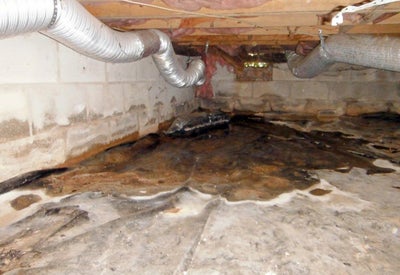
To mitigate these issues, homeowners should conduct regular maintenance and inspection of crawl spaces, including cleaning out debris, checking for structural damage, ensuring proper insulation, and sealing any cracks or holes to prevent pests from entering.
Signs Your Crawl Space Has A Moisture Problem
Some of the signs that your crawl space has a moisture problem include the following:
- Musty Odor – A musty odor inside your home indicates your crawl space might have a moisture problem. The unpleasant smell comes from the growth of mold and mildew in a damp environment. These fungi thrive in moisture-rich environments, and inhaling their spores can lead to allergies, asthma, and other respiratory problems.
- Standing Water – Standing water in a crawl space indicates water is infiltrating your home. Standing water can warp the wooden structures in the crawl space and negatively impact the structural integrity of your home. Standing water can also lead to mold growth and attract insects like termites that can cause extensive damage.
- High Humidity – A humidity level of over 60% creates an environment where mold and mildew can thrive. High humidity levels can also lead to condensation, which can cause the insulation to become damp and ineffective.
- Increased Utility Bills – If you notice an increase in your utility bills, it can be due to a moisture problem in your crawl space. When insulation gets wet, it loses its insulating ability and forces your heating and cooling systems to work harder, leading to higher utility bills.
- Insect Infestation – If you notice an increased presence of insects like termites or roaches in your home, it could indicate a moisture problem in your crawl space. Insects thrive in dark and damp environments.
Signs Your Crawl Space Has A Structural Problem
Some key signs your crawl space may be experiencing a structural problem include the following:
- Sagging Floors – One of the most common signs of a problem in the crawl space is sagging floors. If you notice that the floors in your home are uneven, or if you feel like you’re walking on a slope, the crawl space likely is to blame. Damaged support beams often cause sagging floors above a crawl space.
- Bouncy Floors – A floor that feels spongy when you walk on it is another sign that something is wrong in the crawl space.
- Cracks in Walls – Another sign that your crawl space has a structural problem is the appearance of cracks in the walls. These cracks are often caused by the foundation shifting due to structural issues in the crawl space.

Solutions For Crawl Space Moisture Problems
The best way to maintain a dry crawl space is to ensure there’s no excess moisture in the ground around the foundation. Here are some ways to do that:
- If necessary, regrade the yard around your foundation – A properly landscaped yard should slope away from your home’s foundation. This slope is essential as it prevents groundwater from draining toward the foundation.
- Use downspout extensions to channel runoff away from the foundation before being released.
- Consider relocating any water-hungry flowers or shrubs planted next to the house.
- Make sure you don’t have any plumbing leaks in the crawl space.
- Clean your gutters regularly to ensure water doesn’t spill over the side of the house and soak the ground around the foundation.
- Install a drain tile system to prevent excess moisture from building up in the ground around the foundation.
- Encapsulate the crawl space. This involves sealing the vents and covering the floor and walls of the crawl space with a thick, vapor-retarding barrier. For more information on crawl space encapsulation, see Repairing A Crawl Space Foundation.
Solutions For Crawl Space Structural Problems
Possible solutions for crawl space structural problems include the following:
- One of the most effective solutions for crawl space structural problems involves installing adjustable screw jacks to level and stabilize the foundation. (Screw jacks are adjustable in case there’s any future settlement.) For more information, see What Are Crawl Space Support Piers?
- Another solution for crawl space structural problems is encapsulation (as mentioned above), which involves sealing the crawl space from moisture and outside elements. This can be achieved by installing a vapor barrier that covers the ground and walls of the crawl space, thereby preventing moisture from seeping in. Additionally, a dehumidifier can be installed to regulate the humidity levels and prevent mold growth.
- In some cases, crawl space structural problems can be caused by poor drainage around the foundation. Installing a drain tile system can help to redirect water away from the foundation, thereby reducing the risk of foundation damage and other issues caused by excessive moisture.
A professional foundation repair contractor can help you identify the root cause of a crawl space structural problem. They can assess the damage and recommend the most suitable solution.
If you think your home’s crawl space might have a problem, contact Bay Area Underpinning today to schedule an appointment. We serve all of Northern California.
More Resources
Publish Date:
Last Modified Date:
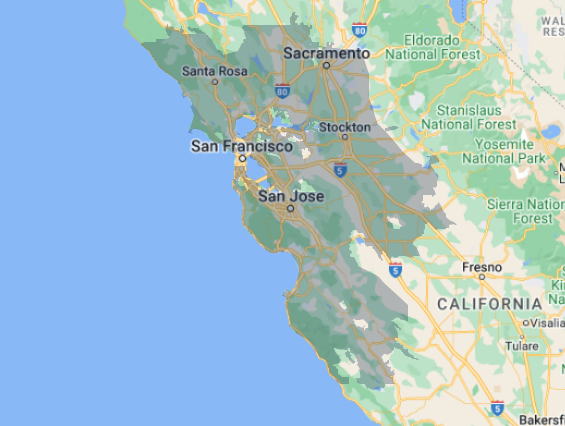
Our Locations
2333 Courage Dr. Suite C
Fairfield, CA 94533
1161 N Fair Oaks Ave
Sunnyvale, CA 94089
